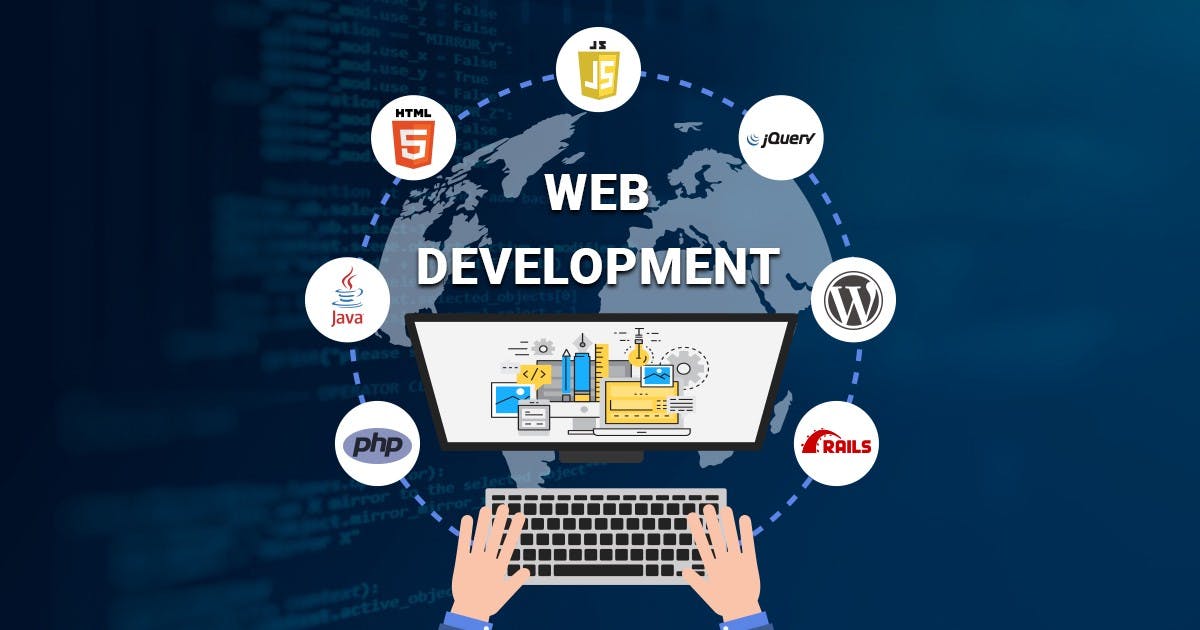The Most Significant Web Development Factors for Your Business Website
 When we talk about web development, in the simplest of terms it refers to the work involved in developing a website for the internet (World Wide Web). However, with the passage of time, things have changed a lot and technologies have advanced considerably. Today web development entails a lot of variable factors. Here are some of the most prominent ones that are absolutely vital for your business.
When we talk about web development, in the simplest of terms it refers to the work involved in developing a website for the internet (World Wide Web). However, with the passage of time, things have changed a lot and technologies have advanced considerably. Today web development entails a lot of variable factors. Here are some of the most prominent ones that are absolutely vital for your business.
Backend Web Development
This is the kind of web development that is focused on working on server-side software and centers around everything you can’t see on a website. Backend web developers make sure that the website performs correctly focusing on databases, back-end logic, APIs (application programming interface), architecture, and servers.
In short, you can say that backend web development powers the websites from behind the scenes and it includes all the codes needed for the website to function properly. It can also be considered as laying down the foundation and framework on which your website stands.
Commonly used backend languages include the likes of C++, C#, Java, JavaScript (Node.js), Perl, PHP, Python, Ruby, and Scala to name a few. Backend programming frameworks include the likes of .NET (for C#), Django (for Python), JSF (Java Server Faces), Node.js including MeteorJS & ExpressJS (for JavaScript with Node.js), Ruby on Rails, Spring framework (for Java), and Symfony (for PHP) to name a few.
Frontend Web Development
Unlike backend web development mentioned above, frontend web development deals with the graphical user interface of a website. This can be accomplished with the help and use of CSS, HTML, and JavaScript to name a few so that users can view and interact with the website.
Other than that there are several tools and platforms available that can be used to develop the front end of a website including the likes of Drupal, Joomla, and WordPress. CSS (Cascading Style Sheets) is a popular choice as it controls the presentation aspect of the site and allows your site to have its own unique look.
HTML (Hyper Text Markup Language) is also important as it serves as the backbone of any website development process and without which no web page can exist. Hypertext simply means that the text has links, hence termed hyperlinks which are embedded. When a user clicks on a word or phrase that has a hyperlink it will bring them to another page.
Lastly, JavaScript is an event-based imperative programming language that can be used to transform a static HTML page into a dynamic interface. The JavaScript code can be used for the DOM (Document Object Model) that is provided by the HTML standard. This can further be used to manipulate a web page in response to events such as user inputs.
Custom Web Development
This is the type of web development that is being readily used by organizations, establishments, and enterprises that don’t want their website to be viewed as generic. With many website builder tools and platforms such as Wix now available to the public, the web development process has been made easier.
However, using web builder tools and platforms doesn’t offer you the unique features and functionalities that your company or brand is specifically looking for. This is why custom web development is a far better option since you get to control the entire web development process and are able to adjudicate what should be included and what should be forgone.
When it comes to custom web development you should always prioritize the following:
• The aesthetics and beauty side of your website however make sure that the functionalities and performance of the website are not adversely affected.
• Content, media, images, and videos should all be of high-quality, high resolution, error-free, non-plagiarized, and given precedence as they can improve your website’s outcome.
• Incorporate a responsive design so that your website is mobile-friendly. Many people use their smartphones these days to surf the web so you should take this factor into account.
• Speed and loading times of the website as slower loading speeds result in higher bounce rates and a bad customer experience.
• Usability of the website so that the average user can interpret information clearly without being confused.
